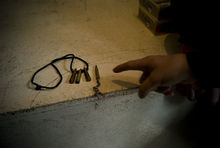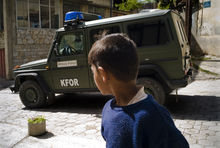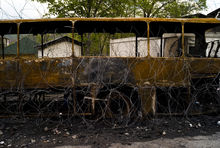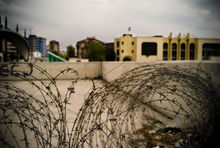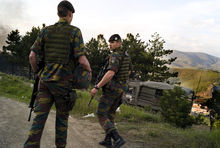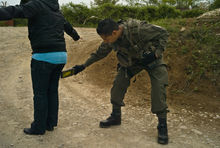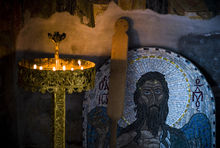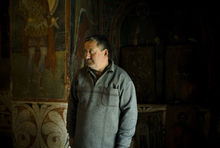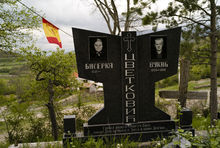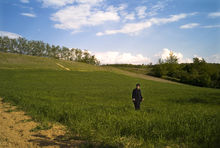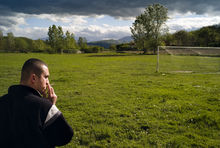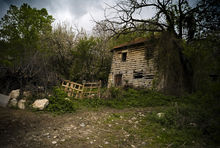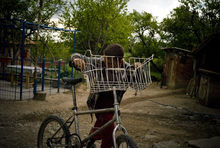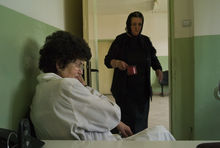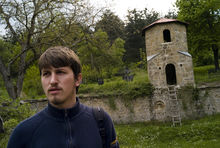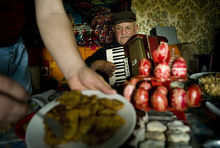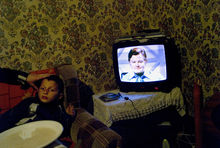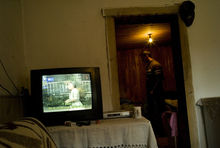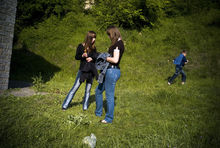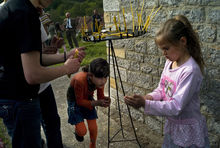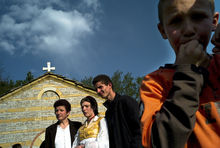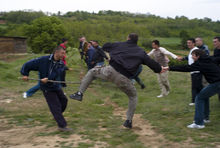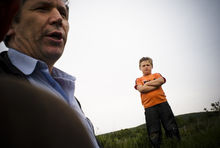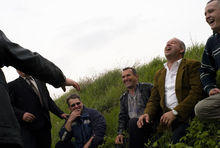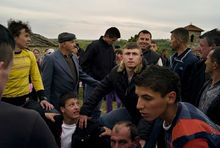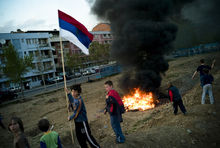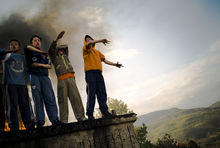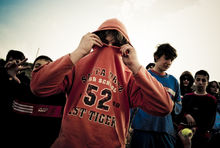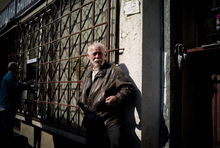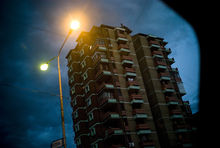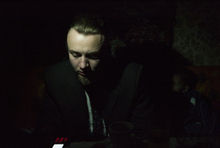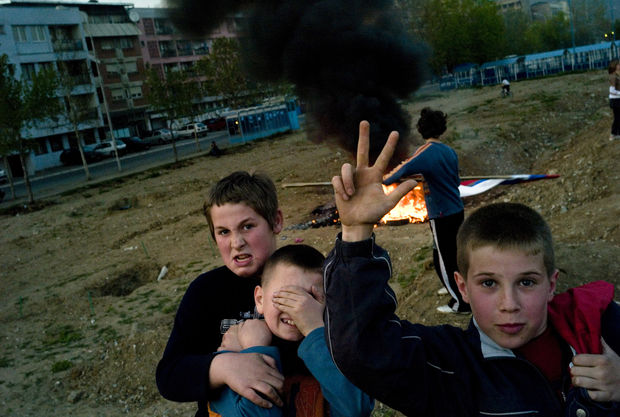 When Obrad Tijabich, mayor of a small village of 95 Serb inhabitants in the very centre of Kosovo is asked, ? what do you miss most in the enclaves today? ?, his answer is: ? SLODOBA ? (Freedom).
When Obrad Tijabich, mayor of a small village of 95 Serb inhabitants in the very centre of Kosovo is asked, ? what do you miss most in the enclaves today? ?, his answer is: ? SLODOBA ? (Freedom).
The Serb population has felt a great sense of isolation and abandonment since February 17, 2008, the day Kosovo proclaimed its independence from Serbia. The new state was instantly recognized as official by most European countries and strongly supported by the United States.
The Serbs living together in a few enclaves in Kosovo are now experiencing fear and uncertainty. The cleansing of the ethnic minorities that began in 1999, immediately after the end of the war opposing the Serb army to the KLA (the Kosovo Liberation Army), is an ever-present threat.
At the time 200,000 Serbs had fled the area. Today they are 120,000 remaining out of a 1.8 million population, 90% of which are Albanians.
Despite the support from Belgrade and Moscow, isolation and the fear of contact with the new Kosovo population make their everyday lives even more complicated. Over 80% of their food and supplies come from central buying offices in Serbia, but border crossing is haphazard. Power and water cuts happen everyday and might last for several hours. Yet Belgrade brings in electricity from Serbia for free. There is a rumour of sabotage acts. When facing serious health problems patients must go to Mitrovica, a town located in Kosovo where 1,3000 Serbs still live, or they have to go to 250 miles (400 km) away Belgrade. ? The most common pathologies are still due to the stress of isolation, especially among the young population ?, said Dr Verica Drigant who works in Gorazdevac, a small town of 1,350 inhabitants. As for education, they meet the same difficulties. It is unthinkable to send the children to an Albanian school. The villages usually have primary and secondary schools but to go on with their studies, the young must go to Mitrovica or to Belgrade.
Under such conditions, work is hard to find outside the enclaves too. Youth unemployment is soaring. The only available jobs have to do with the village life (shops, farming, public services?). When entering urban areas, the constant presence of the armoured vehicles of the Kosovo Force (KFOR), NATO?s mission deployed all over the country, is a reassuring sight. It is even considered as necessary by the inhabitants but it is not enough to calm people down. For beyond the worries of everyday life, it is a significant page in history the Serbs are forced to turn.
The Serbian flag is still flying over the hills of Mitrovica, like a sign of defiance and the road signs are still translated into Albanian and Serbian. But how long will it last ?
(Text by Vincent WARTNER)



